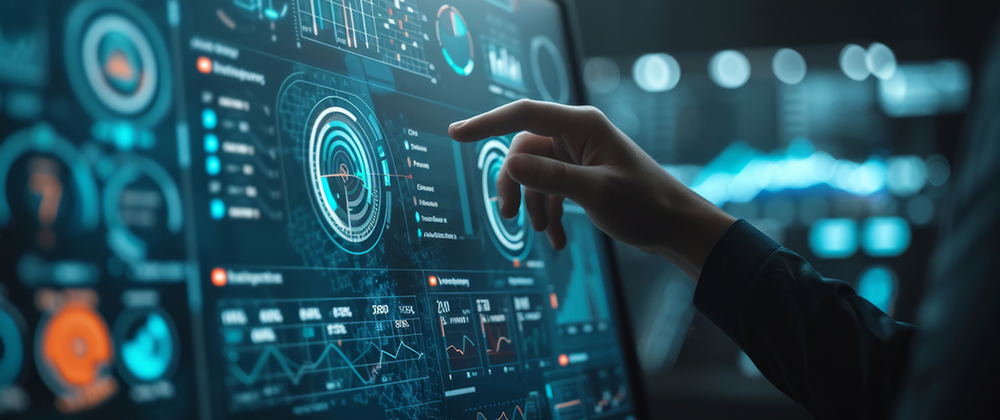It is already part of everyday life for many people: artificial intelligence (AI). Whether in medicine, IT or customer service – the areas of application for AI are diverse. The first areas of application are also already emerging in the used machinery market, as these five trends show. Artificial intelligence (AI) is playing an increasingly important role in many industries. This advanced technology is not only valued for its ability to analyse complex data and make decisions – it also offers the potential to optimise processes and automate routine tasks. The used machinery trade in particular shows how AI opens up new opportunities and can revolutionise existing processes.
From an idea to a universal tool
The origins of artificial intelligence date back to the 1950s, when scientists began to explore the idea of thinking and learning machines. Today, AI includes a wide range of advanced technologies such as machine learning, neural networks and autonomous systems that can make decisions on their own. These techniques have enabled the use of AI in a wide range of applications, from optimising complex production lines to improving customer interaction and supporting diagnosis in medicine. The advantage of AI systems lies in its ability to learn from large amounts of data and recognise patterns, making it an indispensable analysis and forecasting tool. In many industries, AI is therefore not only used to increase efficiency, but also to develop new business models and transform existing markets.
Five trends in the used machinery market
The used machinery market is also beginning to recognise and use the benefits of artificial intelligence.
The following five AI trends are emerging that could have a significant impact on the trade:
- Pricing and value assessment: AI models use extensive data analyses to determine the current market value of used machines and provide realistic price recommendations. For example, age, manufacturer, machine type and maintenance periods are compared.
- Maintenance prediction: By analysing operating data, AI systems can predict when maintenance work is required. This minimises downtime and maximises the service life of the machines.
- Demand forecasting: AI can analyse sales trends and past transaction data to predict future fluctuations in demand and determine the optimal time to sell.
- Supply chain optimisation: AI can anticipate supply chain disruptions and plan more efficient transport routes, resulting in faster delivery times.
- Adaptation and retooling through AI: AI can analyse existing production processes and show where used machines can be used effectively to modernise, expand areas of application or increase efficiency. By analysing an AI, possibilities for modernising and adapting used machines can be identified in order to expand their areas of application and increase efficiency.
The right service without AI Although AI offers support in many areas and enables significant efficiency gains, it cannot replace the personal and expert service of specialised used machinery dealers like Surplex. With its multilingual website and worldwide network of buyers, Surplex offers an efficient platform that greatly simplifies the process of selling used machinery. From the professional evaluation to the complete handling of each transaction, Surplex ensures a smooth and professional process. The future of the used machinery market lies in the combination of human expertise and the analytical precision of AI.




